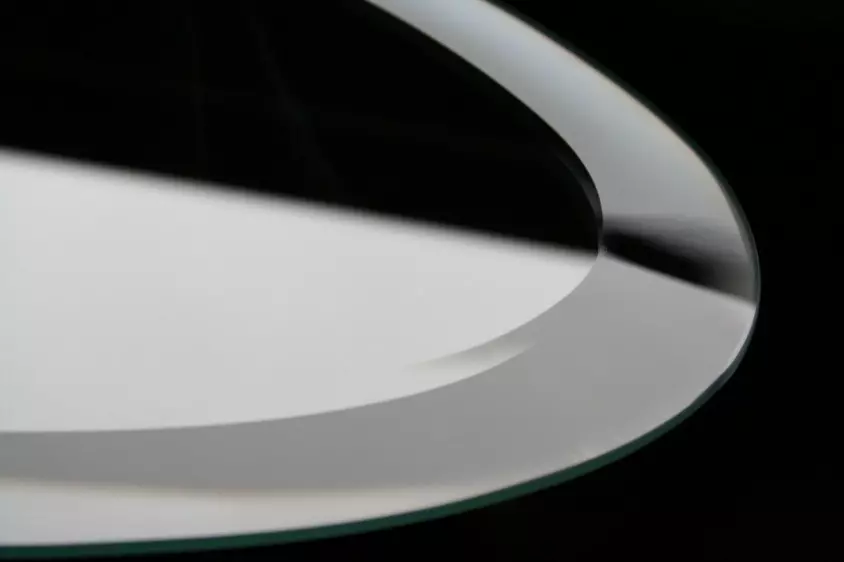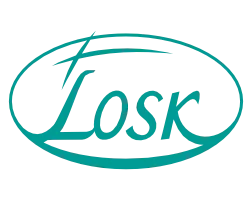Glass decoration. Sandblasting, curved edges, faceting, engraving, painting.
Engraving on glass
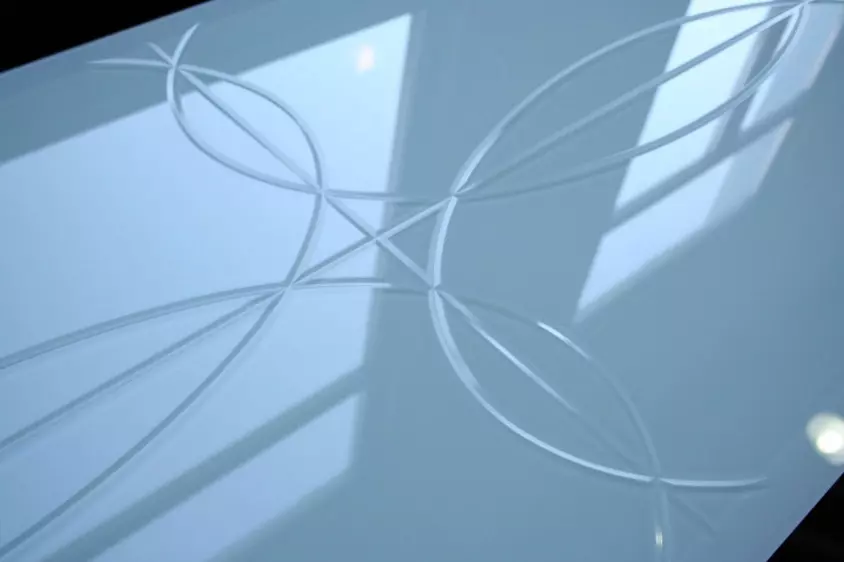
In order to fully meet the needs of the furniture and construction industries for complex machining and engraving, our specialists use the high-tech INTERMAC MASTER 43 PLUS multifunctional centre.
The INTERMAC MASTER 43 PLUS centre not only engraves and cuts any shape, but also straight and curved engraving with polishing, curved chamfering, curved cutting, drilling, milling and processing of the outer and inner ends of glass.
Sandblasting (frosting) of glass

Of course, sandblasting adds a unique touch to glass or mirrors.
The delicate matte finish of the glass is always an eye-catcher, and the sandblasted pattern on the mirror looks original and stylish.
Extensive experience in the field of glass sandblasting allows the company to carry out orders of any complexity, with any combination of processing (glass and mirror painting, mirror processing on the amalgam side, multi-colour painting and sandblasting of products, etc.).
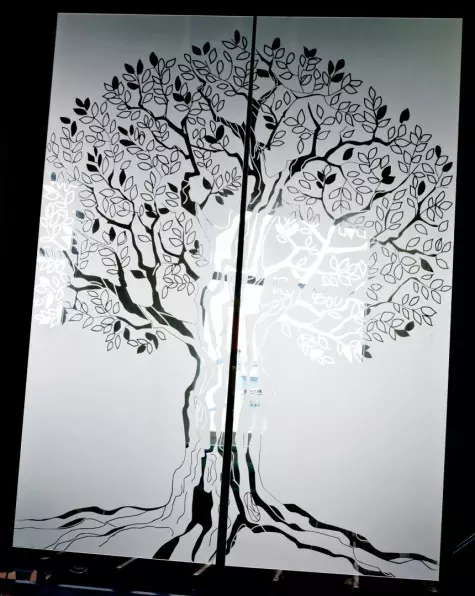
Sandblasting can be used to decorate the glass and mirrors of cabinets, decorative mirrors, glass worktops, glass shelves, interior glass partitions, showcases, double-glazed windows and many other glass products, and the application of special liquids to the treated surface saves you the trouble of careful maintenance.
Glass colouring
LOSK offers custom-made and industrially produced lacquered glass in thicknesses from 4 to 19 mm for customers and designers.
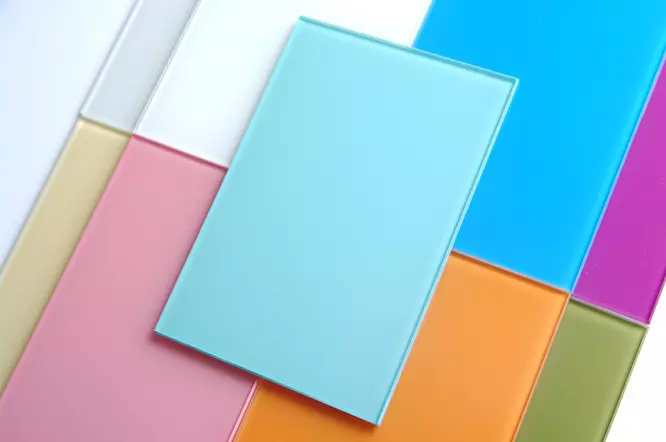
Coloured glass is a popular innovation in the furniture and construction markets.
The use of coloured glass has become particularly important in recent years for creating fashionable and modern interiors and exteriors. It can be used for building facades, partition walls to hide internal communications, doors for wardrobes and kitchens, kitchen aprons, internal partitions, sliding doors, worktops, commercial equipment, office furniture, and coloured glass can also be used to decorate walls, ceilings, etc.
Decorative painted glass is glass with a uniform layer of paint on one side. The technology used by LOSK allows us to achieve colour consistency and uniformity, high adhesion of paint to glass and environmental safety. The paints used in the production process do not contain heavy metals or chemicals that are harmful and dangerous to the environment.
The paints and varnishes used in the production process can withstand temperatures up to 150°C and are light resistant.
Decorative tinted glass is used in interior design where colour plays an important role, as well as for furniture facades. Due to the moisture resistance of the coating, this glass can also be used in bathrooms, but should not be fully immersed in water.
The coating can be applied manually or using a special CML Finishing automated coating line, which allows large batches of similar products to be coated in a short time.
Facet

A facet is a type of decorative edge treatment on a mirror or glass in which the outer edge is cut at a specific angle.
Bevelling adds luxury, uniqueness, sophistication and elegance to the product by creating amazing visual effects of light rays refracted at an angle. Depending on the angle of the cut and the thickness of the glass, bevels can be produced in different widths from 10 to 40 mm.
Types of bevels:
- straight - for processing products with smooth edges
- curved - for processing products with curved edges
- single sided - bevelled edge on one side
- double-sided - processing of the glass sheet on both sides.
This can be done by grinding, when the edge becomes matte, or by polishing, when it becomes smooth and transparent. Bevelled glass or mirrors have a wide range of applications: worktops, doors, partitions, glass furniture and all kinds of interior items.
